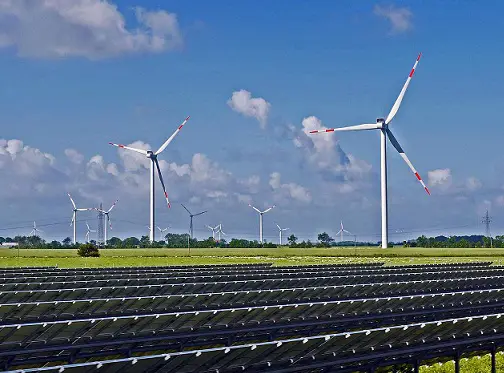In China’s Inner Mongolia Autonomous Region, construction has begun on a massive green hydrogen generator which will use solar and wind to produce the green fuel, according to the nation’s largest oil refiner, Sinopec group.
It will be the company’s second green hydrogen project, and it is expected to produce 30,000 tons of green hydrogen and 240,000 tons of green oxygen each year.
The executive director of the Inner Mongolia branch of Sinopec Star Petroleum, Xu Zhendong, said the green hydrogen and oxygen will travel via pipeline to a pilot coal deep-processing plant, where it will replace some of the output of the present coal-to-hydrogen system in use there.
China is in the process of transforming inner Mongolia from one of China’s biggest coal-mining regions, into a new green renewable energy hub. Although China is still heavily reliant on coal for energy, it is trying to make the transition to renewable alternative energy sources so it can decarbonize its economy in the coming decades. The country’s blueprint for its transition to renewable energy predicts a peak in carbon emissions in 2030, followed by a gradual shift to carbon-neutral status by 2060.
Hydrogen gas is considered a green energy when it is produced by renewable energy systems such as solar and wind, which produce the fuel without generating any carbon dioxide emissions.
The new plant is expected to ultimately reduce yearly carbon dioxide emissions by around 143 tons. According to Xu, that is equivalent to planting 825,000 trees.
Although China is the largest hydrogen producer in the world, it produces the majority of it from coal. It is projected the nation’s annual output will rise to 200,000 tons of hydrogen due to renewable generation mechanisms, which will cut carbon dioxide emissions by as much as two million tons by 2025.

